CORRECT BLANKETING FOR HORSES
Blanketing Tips For Horse Owners
Winter is here! Mud, ice, snow, winter coat, grooming, and caring problems… When the weather conditions get extremely harsh, there are many things that we start worrying about for our horses and blanketing is one of them. Especially, as the myths about blanketing are spreading around at your barn, you might get confused easily and can’t decide if you should blanket or not. Another problem is, of course, choosing the correct type of blanket. Worry no more! We get you and we will help you figure out how to correctly blanket or not blanket your horse!

To Blanket or Not To Blanket
The first thing you need to decide is if your horse needs to be blanketed or not. To make the best decision there are 5 important points that you must consider: winter coat, age, body condition, shelter conditions, and the climate conditions of the location.
First of all, you may wonder if the winter coat is enough for a horse to keep himself warm throughout winter. The answer is yes. If your horse has grown a healthy winter coat and if it has a shelter in the pasture and if he is well-fed, winter coat will be enough to keep him warm. Michael Foss, DVM, says "Hair is a great insulator, and it fluffs up to warm the horse," and he adds "Heat rising from the body warms the air, but that air doesn't go anywhere because it's trapped between the hairs." Your horse is naturally capable of keeping himself warm in winter with its natural winter coat but if your horse hasn’t grown a well fluffy coat for some reason or if you need to clip his coat, we recommend blanketing. But this is true for the dry coat. When your horse gets wet under the rain, sweats, or you decide to shower him for some reason, the winter coat won’t be protective anymore. On the contrary, it is more likely to cause diseases.

As a horse gets older, his metabolism may not work enough to keep him warm and in some cases, older horses are not able to grow a healthy winter coat. Therefore, considering the age and condition of your horse is another importance. Young horses are generally able to grow a healthy coat as long as their health condition is good. However, if the horse is having a health problem and the veterinarian is advising you to use blankets, you should heed their words no matter how young your horse is.

After these, you should also consider the sheltering conditions that you provide to your horse. Horses that stay outside in winter need a run-in shelter to escape from wind, rain, and snow. Shelters should be properly built and have enough space for all the horses in the pasture. When sheltering conditions are not enough, blanketing can be a must.

Finally, you need to think about the climate of the area you live in to make the best decision and choose the best type of blanket. What is the lowest temperature? How often does it rain? How often does it snow? How harsh are the winds? All these must be taken into consideration when it comes to blanketing.
How To Blanket
After deciding whether your horse needs a blanket to keep himself warm or not, there are several other important points you will need to know. Here are some of them:
1. Choose The Correct Blanket: There are obviously more than one type of blankets and sheets but which one is the one that your horse needs? You need to learn about the functions of each type and the needs of your horse to decide the correct blanket. If the climate is rather warm and the horse is in good condition, a light turnout blanket can be enough but don’t forget that light turnout blankets don’t provide warmth, they only provide protection in mildly cold weather. In colder conditions, medium and heavy turnout blankets are better options to keep your horses warm as these provide warmth beside the protection. Rainy and snowy weathers require a water-proof blanket to avoid serious health problems. Also, keep in mind that when heavily blanketed, horses might sweat and their coat may get wet under the blanket which can cause skin problems.

2. Get the perfect fit: Covering the areas that need to be protected from cold correctly is another necessity. The blanket should be the correct size and cover wherever needs to be covered. To understand if your horse’s blanket is well fit, you can check the neckline and shoulders, withers, barrel of your horse. On the shoulders, the blanket should point up with the shoulder and line with the neck without any pullings. On the withers, you should be able to slide one hand inside the withers. All in all, the body should be covered and the blanket should end just below the elbows of your horse.

3. Choose the right material: The most common materials used for blankets are polyester and nylon. Nylon is obviously stronger and able to keep your horse warmer. Polyester may seem to be light and cheap but it is not strong and long-lasting. Depending on your horse’s general behavior you can decide if he needs a long-lasting strong blanket or if it is ok to have polyester and save some dollars. Also, make sure that the material is 100% waterproof for the rainy and snowy weather.







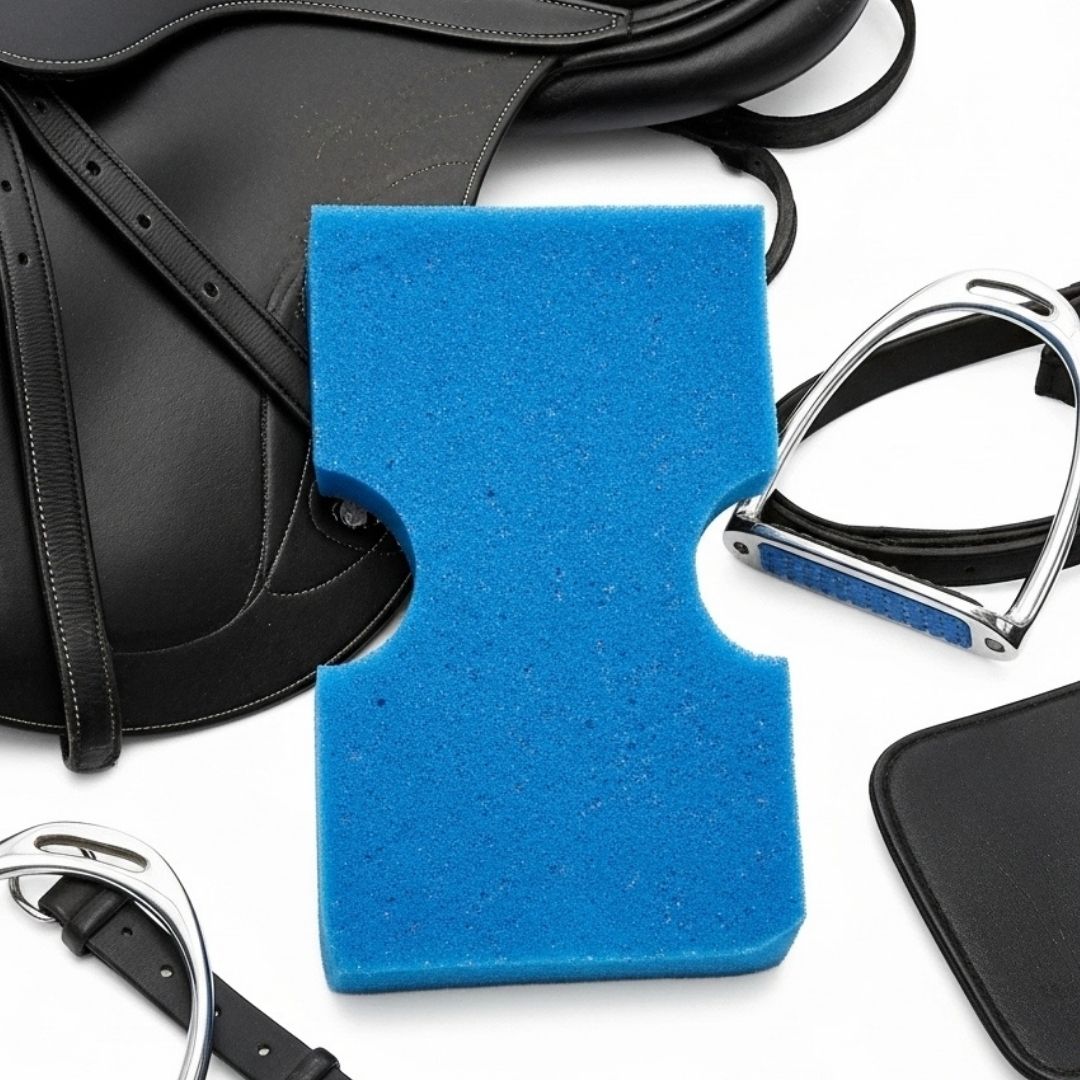
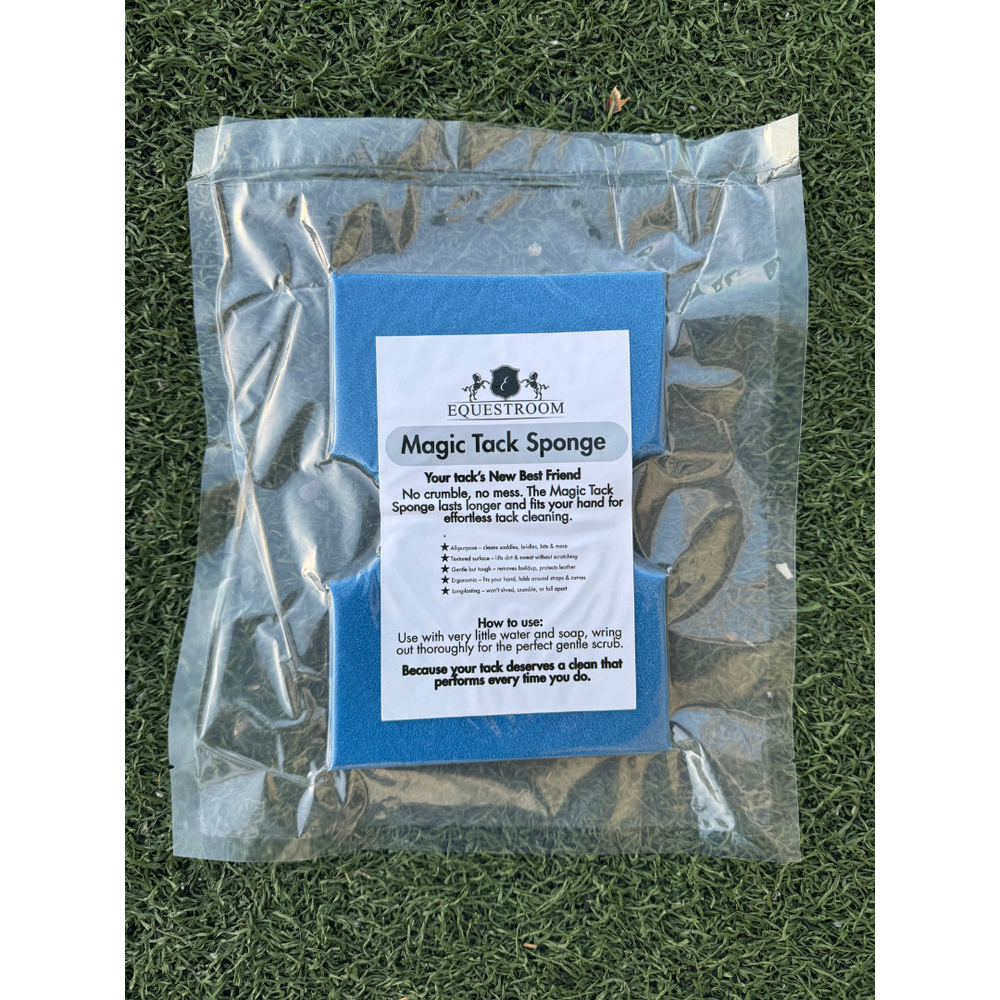
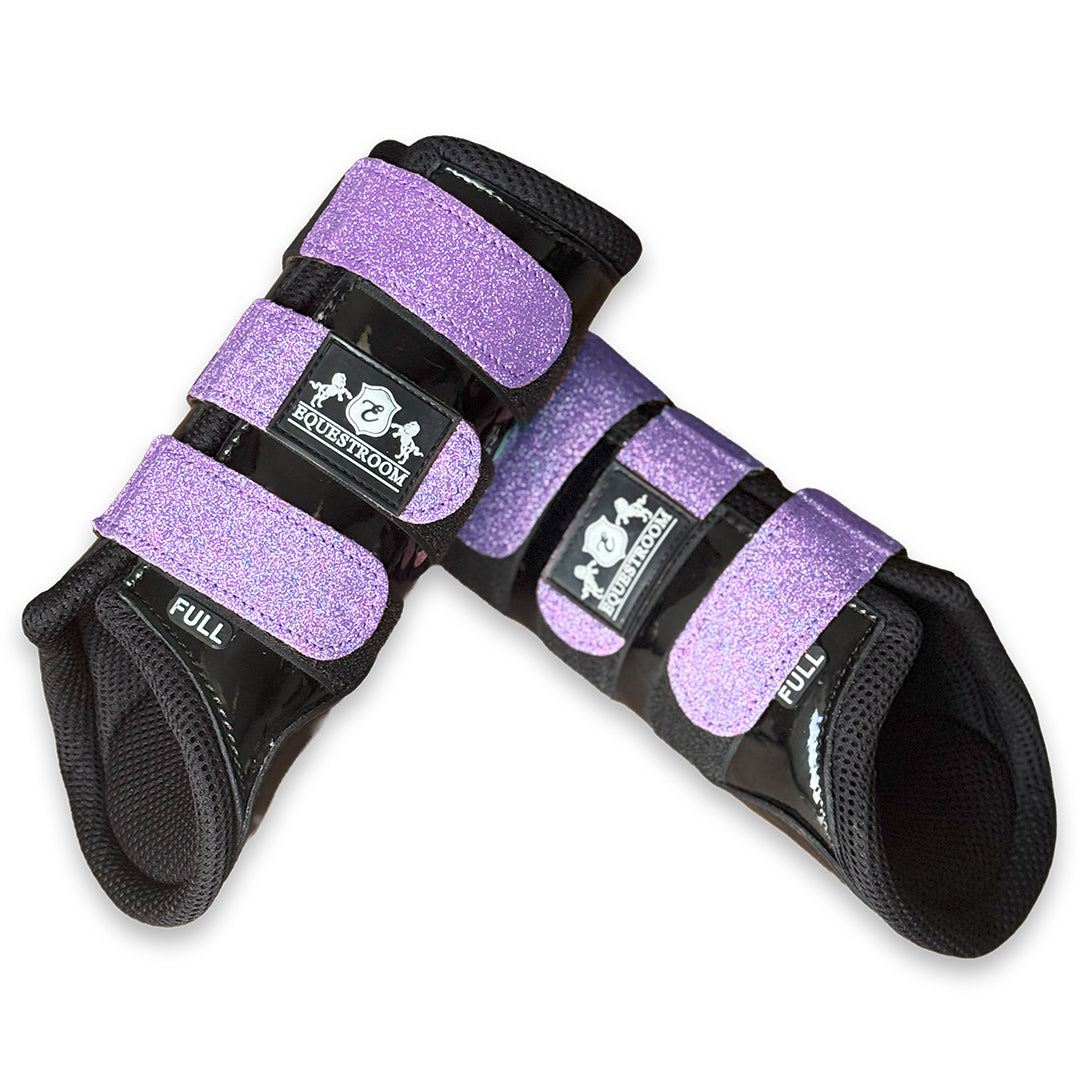
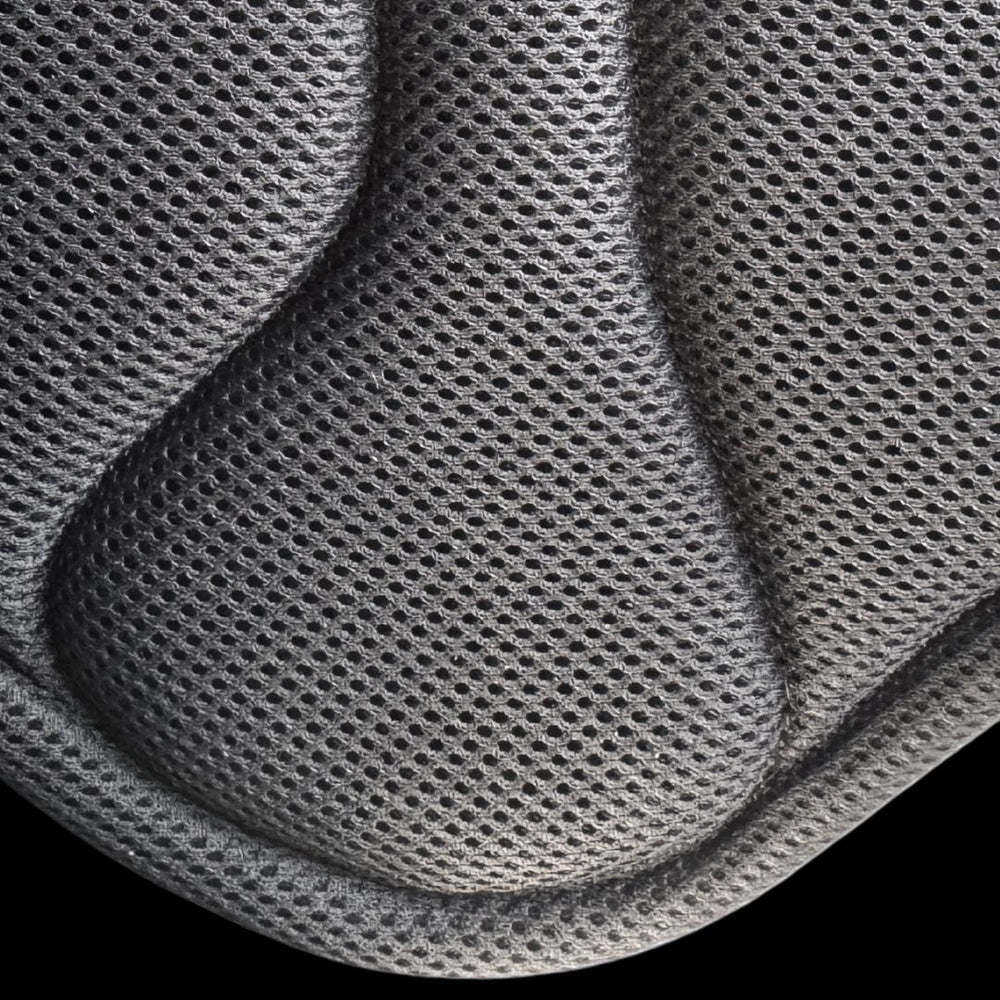
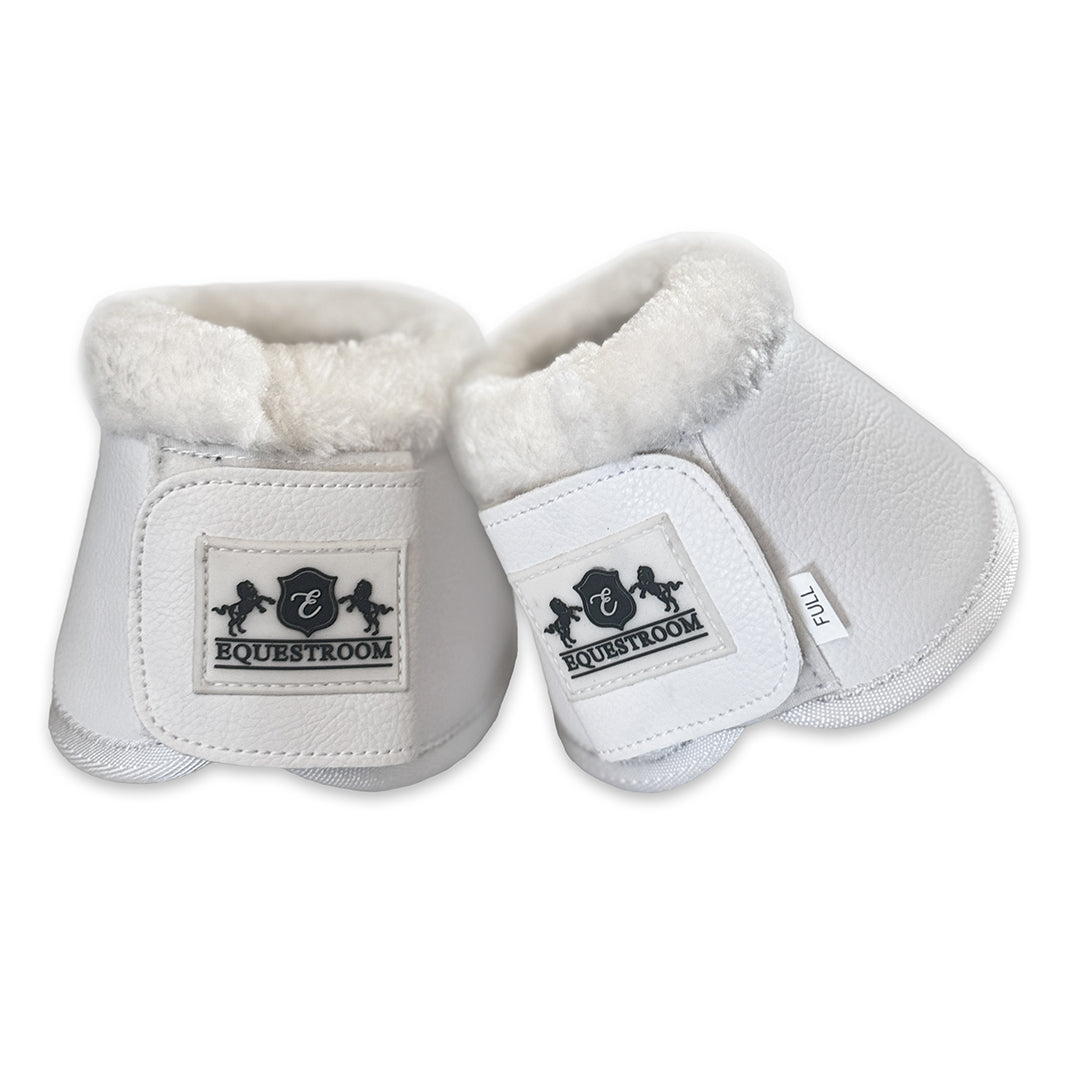
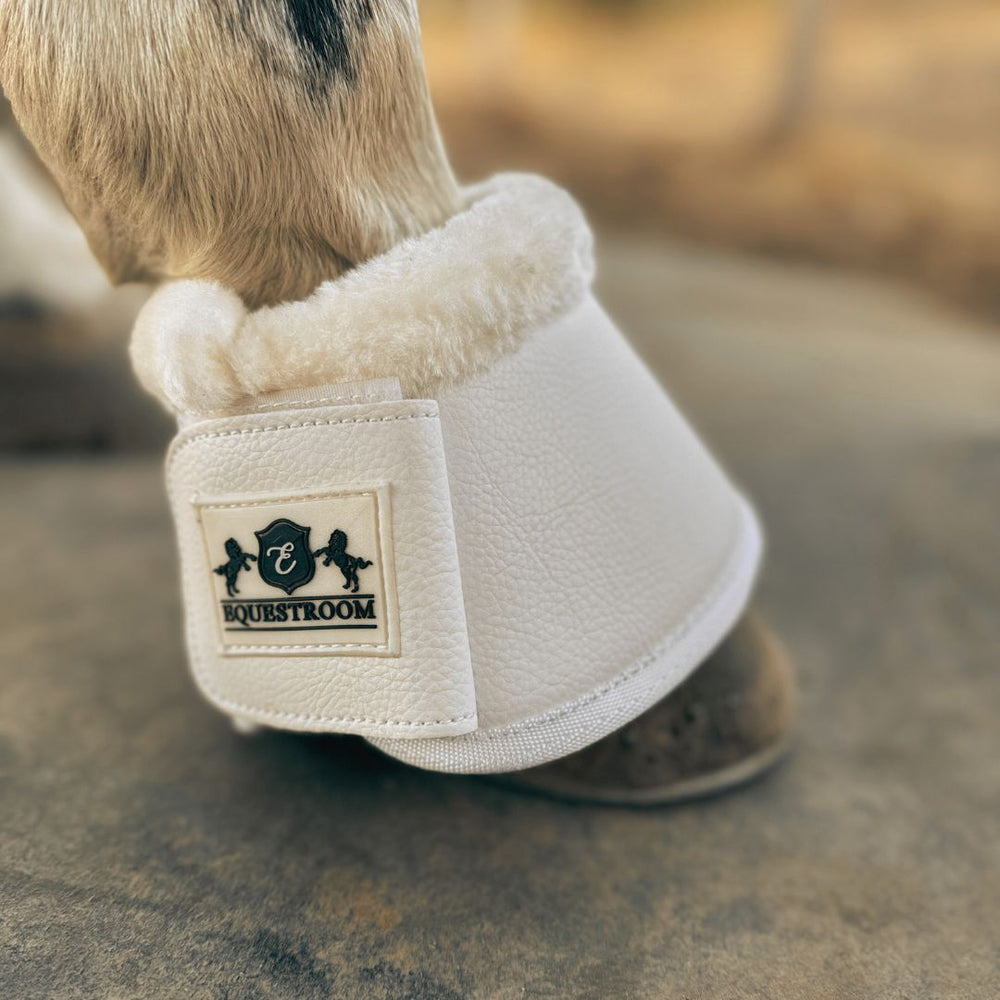
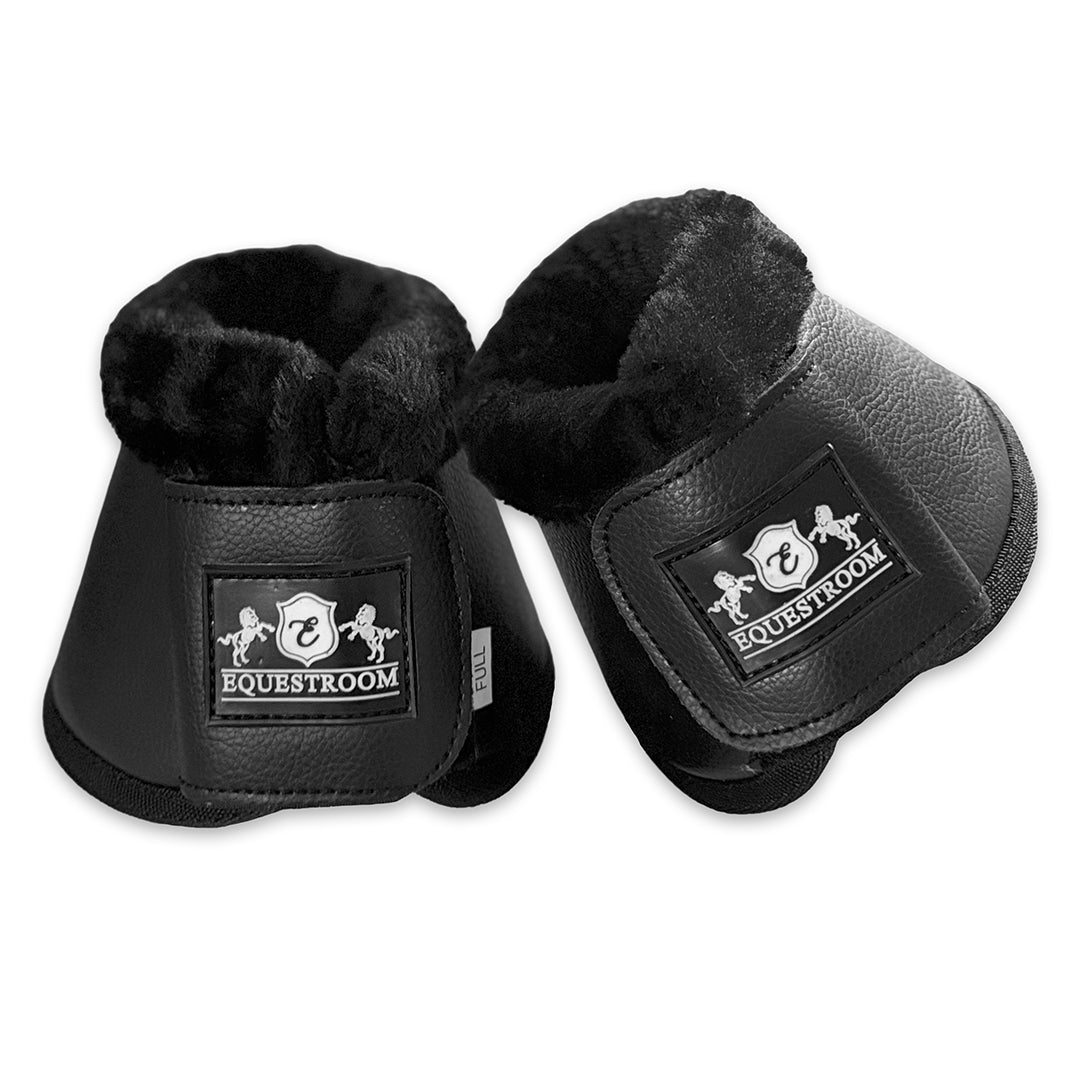
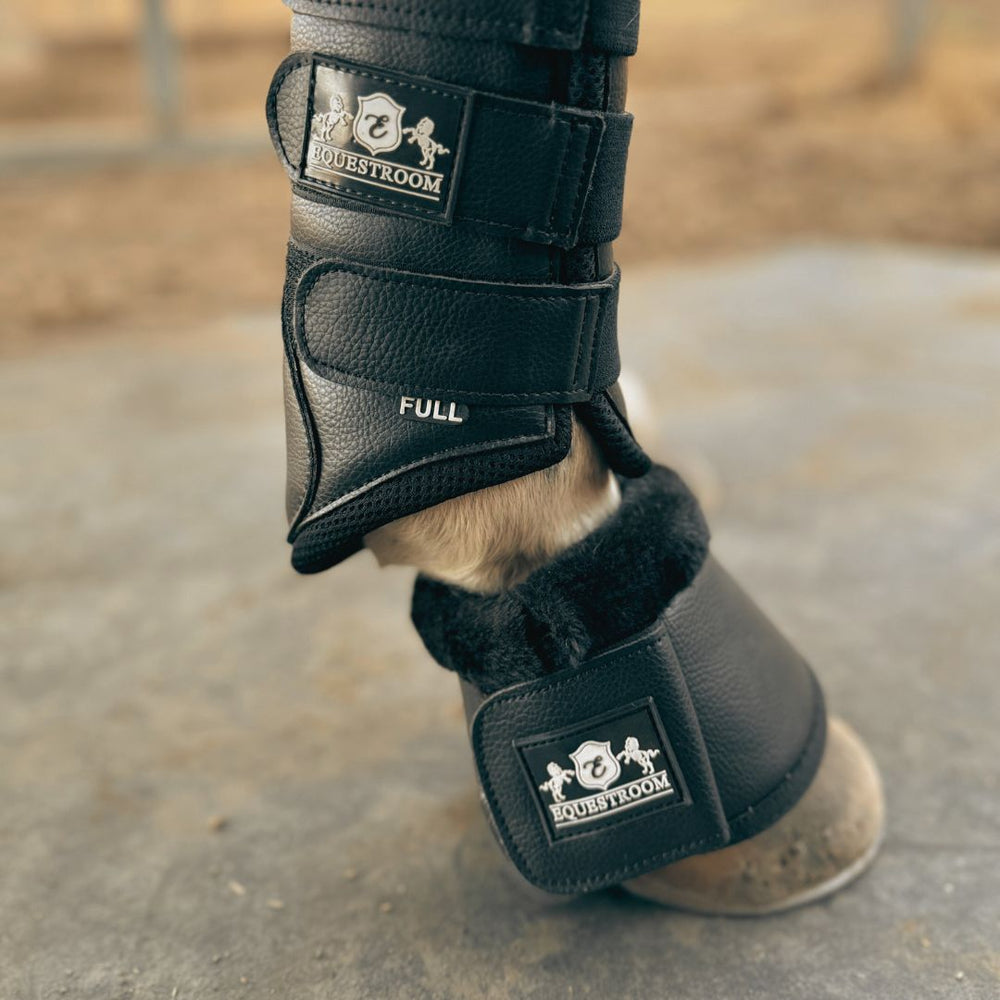
Leave a comment